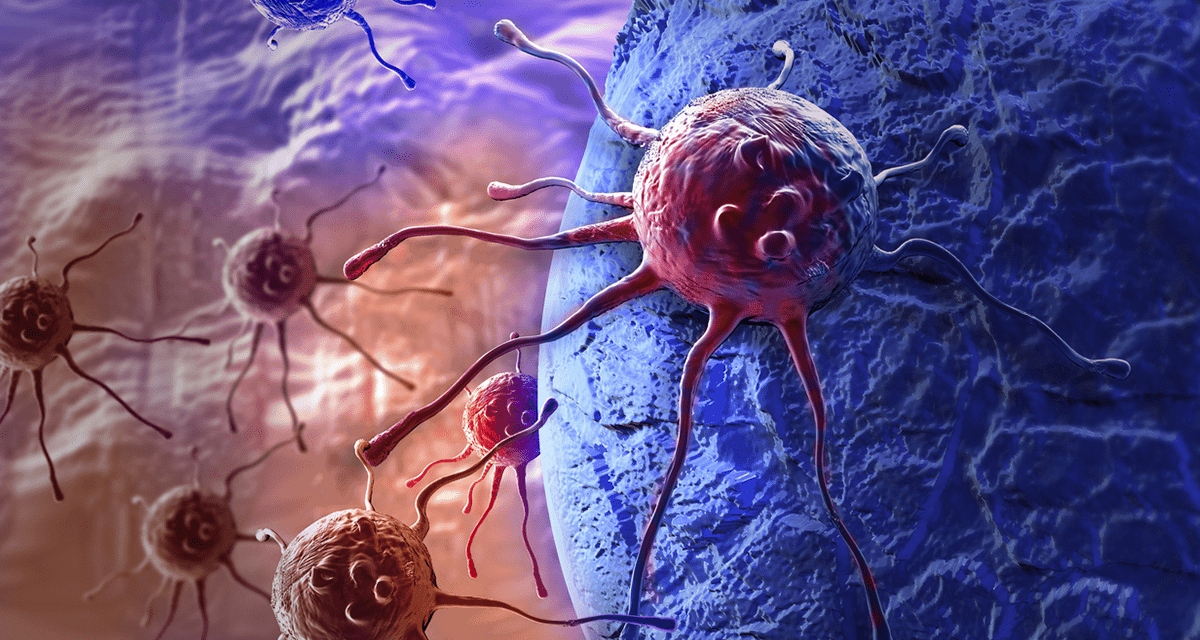For patients with newly diagnosed acute myeloid leukemia, the time from diagnosis to treatment start (TDT) for intensive treatment is not associated with overall survival, according to a study published in Blood. Study investigators selected 2,263 acute myeloid leukemia patients with intensive induction treatment and a minimum follow-up time of 12 months to examine the influence of TDT on remission, early death, and overall survival. Patients with TDT of longer than 50 days were excluded from the analysis. The median TDT was 3 days. For TDT of 0-5, 6-10, 11-15, and more than 15 days, the unadjusted 2-year overall survival rates were 51%, 48%, 44%, and 50% percent, respectively. The hazard ratio for TDT as a continuous variable was 1.00 in a multivariable analysis accounting for established prognostic variables. No significant between-group differences were seen when overall survival was analyzed separately and stratified for age of 60 or older versus younger than 60 and for high versus low initial white blood cell count.
“In the majority of patients, it seems safe to wait for the diagnostic results in order to assign the patient to the correct subgroup and select the appropriate treatment, rather than using the historic one-size-fits-all chemotherapy approach,” a co-author said in a statement. “We think a potential deterioration in prognosis, if it exists at all, will be much smaller than the clinical benefit a patient would gain by receiving the appropriate novel treatment.”


